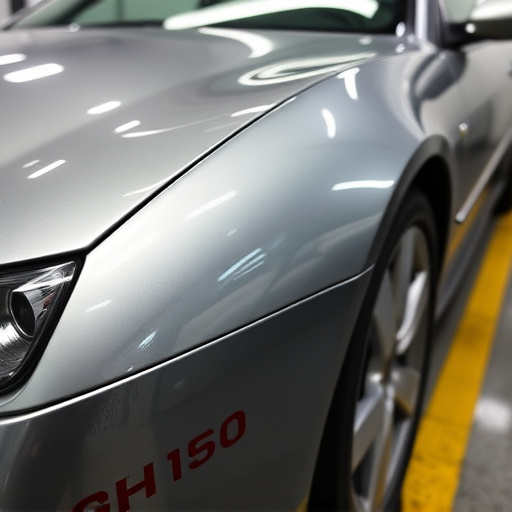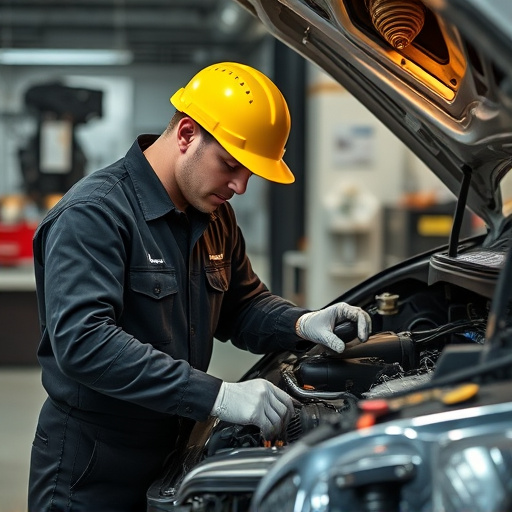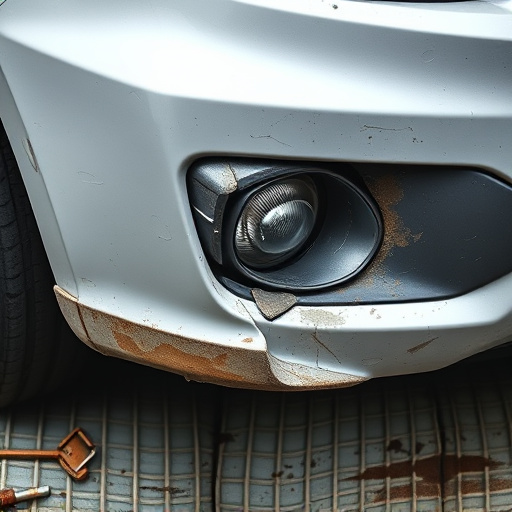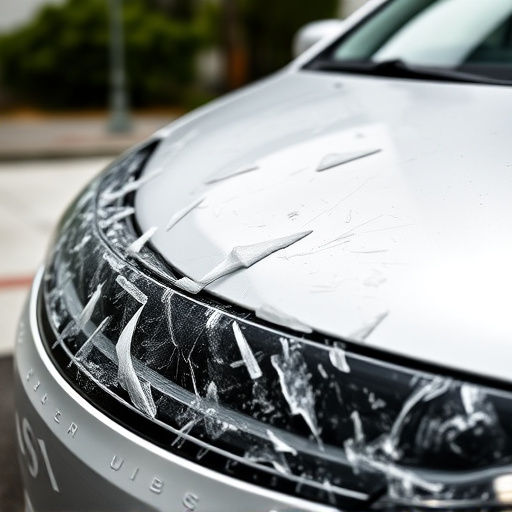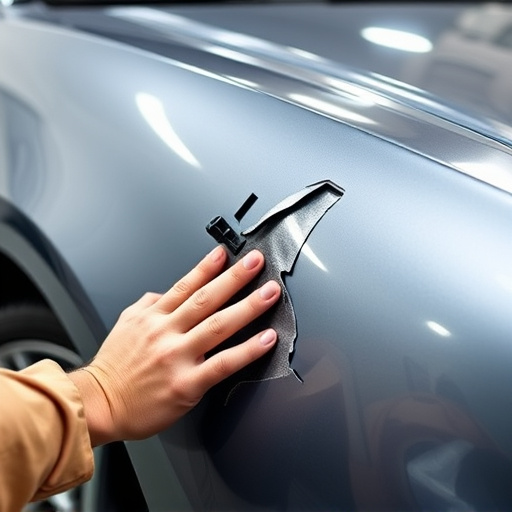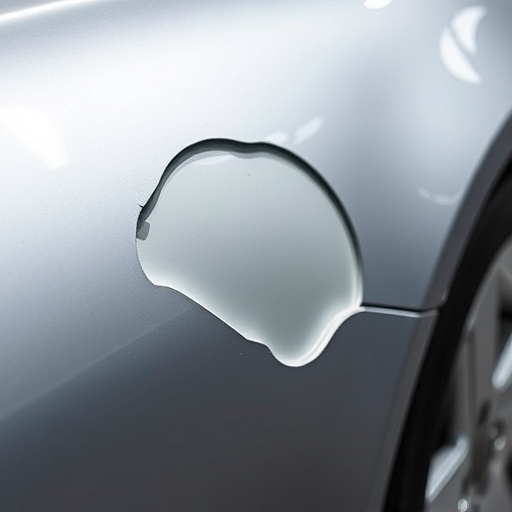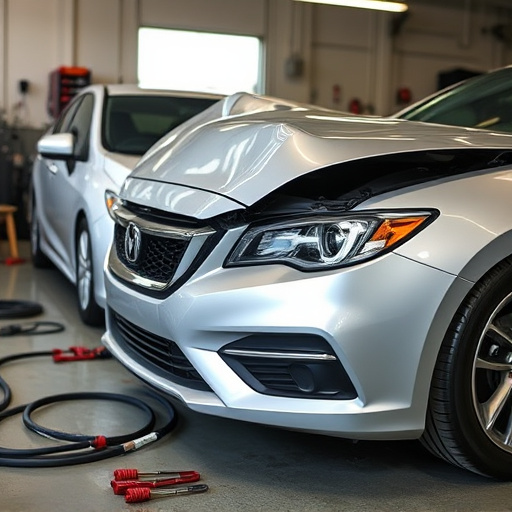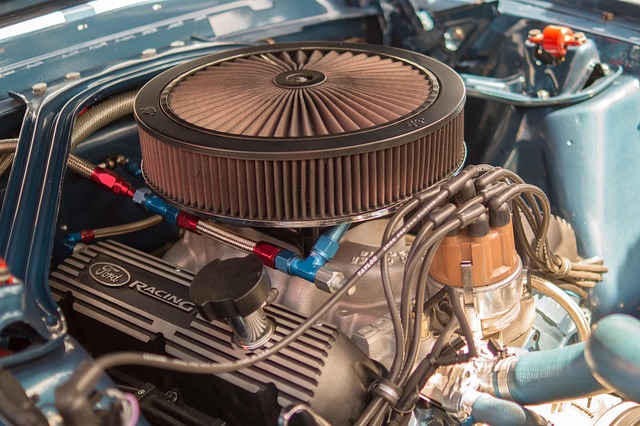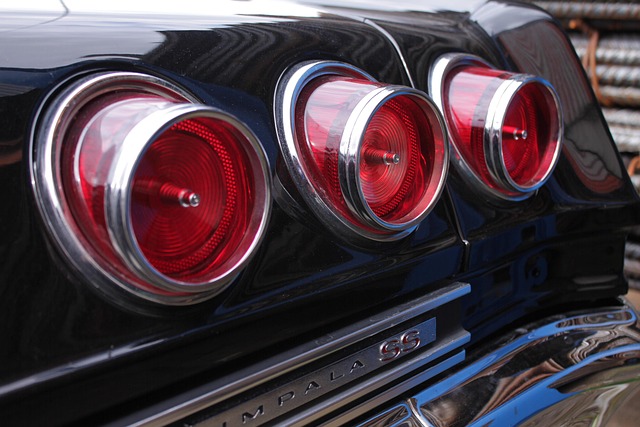Collision repair certification leverages Key Performance Metrics (KPMs) to evaluate and improve processes, including frame straightening precision, repair efficiency, cycle times, defect rates, and customer satisfaction. KPIs ensure high standards in auto body repairs, with efficiency metrics for swift accuracy and quality control guarantees for industry standards. Progress tracking through goals and assessments demonstrates program success, aiding instructor adjustments and showcasing career preparation.
Collision repair certification is a critical step for professionals aiming to excel in their field. This article delves into the key performance metrics (KPMs) that serve as essential benchmarks for successful collision repair programs. We explore how understanding and tracking these metrics, such as efficiency ratios and quality control measures, are pivotal in evaluating progress and securing top-tier certifications. By examining these KPIs, technicians can refine their skills and ensure high-quality repairs.
- Understanding Essential Metrics for Collision Repair
- Key Performance Indicators: Efficiency and Quality Control
- Tracking Progress: Measuring Success in Certification Programs
Understanding Essential Metrics for Collision Repair
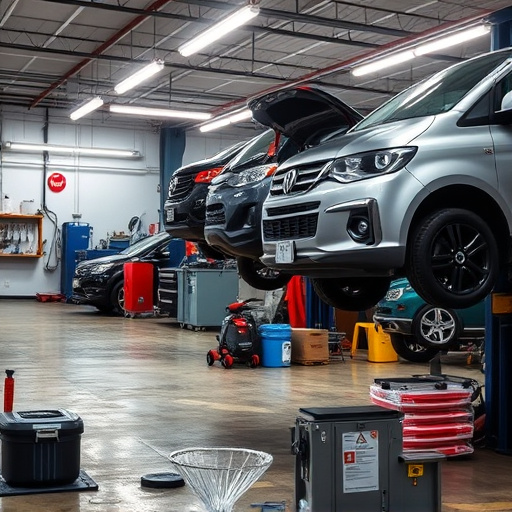
Collision repair certification is a critical aspect of ensuring high-quality and safe vehicle restoration. To achieve this, understanding essential metrics is paramount. Key Performance Metrics (KPMs) provide collision repair facilities with measurable data to evaluate their processes and services. These metrics cover various aspects, from precision in frame straightening to the efficiency of autobody repairs.
By tracking KPMs, such as cycle time for repairs, defect rates, and customer satisfaction scores, shops can identify areas for improvement. For instance, minimizing the time taken for fender bender repairs without compromising quality ensures faster turnaround times, enhancing customer experience. This data-driven approach allows professionals in the field to continuously refine their techniques, ultimately contributing to the overall excellence of collision repair services.
Key Performance Indicators: Efficiency and Quality Control
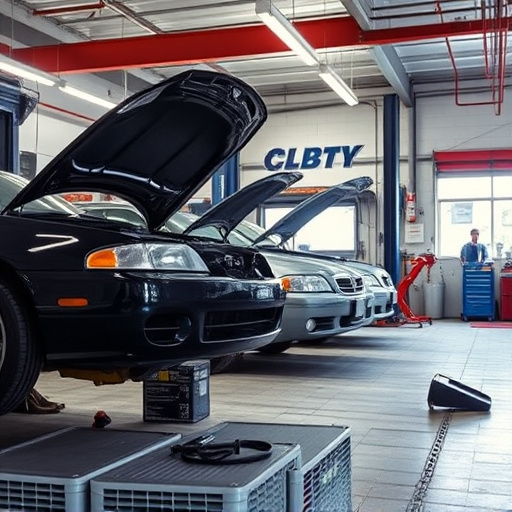
In the realm of collision repair certification, Key Performance Indicators (KPIs) play a pivotal role in measuring and enhancing efficiency and quality control. For facilities aiming to excel in auto body repairs, including classic car restoration and hail damage repair, KPIs serve as a compass, guiding them towards consistent excellence. Efficiency KPIs track the speed and accuracy with which repairs are completed, ensuring that vehicles are returned to their owners within optimal time frames without compromising on quality.
Quality control metrics, on the other hand, focus on the consistency and adherence to industry standards. These indicators monitor everything from the precision of panel fitting to the match of paint finishes, guaranteeing that each repair, whether it’s a classic car restoration or hail damage repair, meets or exceeds expected standards. By meticulously tracking these KPIs, collision repair facilities can identify areas for improvement, continually refine their processes, and ultimately deliver top-tier services that contribute to their reputation in the industry.
Tracking Progress: Measuring Success in Certification Programs
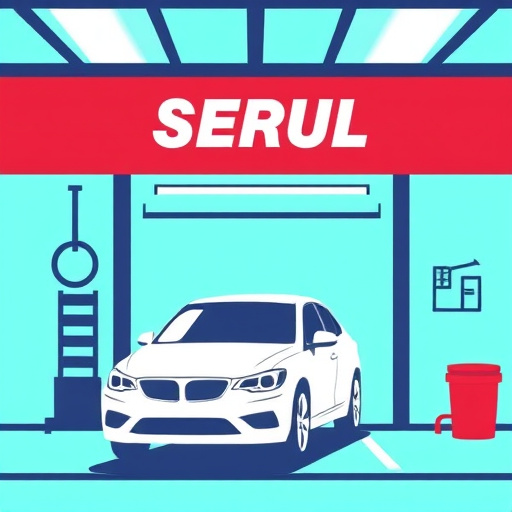
Tracking progress is a vital aspect of any successful certification program, especially in the dynamic field of collision repair. By setting clear and measurable goals, aspiring technicians can quantify their growth and development. This process involves regularly assessing key performance metrics, such as the completion rate of training modules, practical skills assessments, and industry-standard tests. For instance, an auto collision center might track the number of students successfully completing a series of car dent repair simulations within a specified time frame.
In an auto repair shop, these metrics provide valuable insights into the effectiveness of training programs. They allow instructors to identify areas where students excel or struggle, enabling them to tailor instruction accordingly. Moreover, tracking progress helps demonstrate the overall success of the collision repair certification program, showcasing its ability to equip individuals with the skills needed to excel in their future careers.
Collision repair certification programs are designed to ensure professionals meet high standards. By understanding key performance metrics, such as efficiency and quality control, shops can track their progress and demonstrate their commitment to excellence in collision repair. These essential indicators empower businesses to identify areas for improvement and ultimately achieve success in their certification endeavors.


